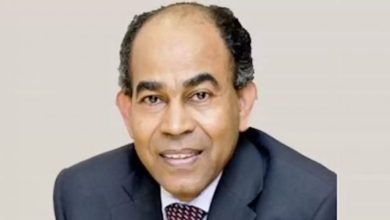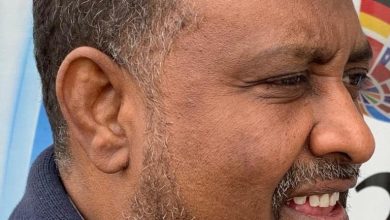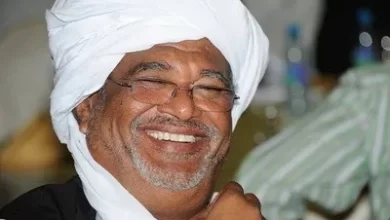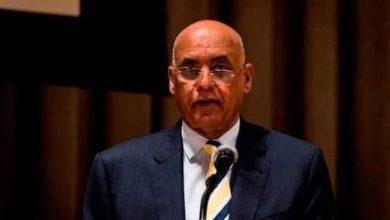Opinion
Review of the Study Prepared by Dr. Hassan Haj Ali, Professor of Political Science at the University of Khartoum: A Turbulent Transitional Period: The Transformations of the Hybrid Alliance in Sudan

** Summary by Ambassador Mohammed Al-Murtada Mubarak Ismail
The paper indicates that the study’s analytical approach is based on a triangular framework of three concepts: contentious politics, hybridity, and political alliances.
Contentious Politics: This refers to any contentious action between political actors striving to achieve their interests in a way that leads to losses for all parties involved, including allies, competitors, the government, the media, and public opinion. The term has been used in the study of social movements, and other forms of contention arise from similar causes but with different interactions and circumstances. The study uses alliances as a mechanism that negatively affected the stability of the transitional period. Examples of these mechanisms include extremism, political brokerage, and alliances. The study focuses on the processes of employing these mechanisms in a continuous state of movement aimed at convincing others, excluding them, defeating them, punishing them, or cooperating with them, which constitutes the dynamic of contentious politics.
Definition of Hybridity: As mentioned in studies of hybrid systems, particularly what is known as hybrid peace, it refers to the participation of the military or armed movements or militias with civilian organizations to form a government. The paper also explores previous alliances, especially those that emerge in divided societies and reinforce existing divisions.
In the second part, the paper discusses the dynamics of the alliances during the transitional period in Sudan, which transitioned from expansion to hybridization. The contentious politics witnessed frequent alliances that political forces resorted to for empowerment, but forming and dissolving alliances became the prevailing trend in the contentious political environment that characterized Sudan during that period. The alliances began with the Declaration of Freedom and Change Forces (DFC), which the study calls an umbrella alliance due to its diverse political and partisan components. After allying with civilian forces, military institution, and armed movements, it underwent transformations. Subsequently, this alliance experienced splits that affected its formation and identity, leading to the emergence of opposing alliances.
The Forces of Freedom and Change alliance consisted of political organizations with varying objectives, united by general principles of change. Thus, tensions quickly arose, and splits followed, starting with the withdrawal of the Communist Party, followed by the Sudanese Baath Party, the Professionals Association (which split before withdrawing from the FFC), and the National Umma Party, which suspended its activities within the alliance. The reasons for these withdrawals varied, but the main ones included criticism of the political agreement draft and the constitutional decree between the FFC and the military council, accusations that the FFC’s Central Council did not fairly reflect the sizes of its political components, restrictions on freedoms, secret agreements within and outside the country aimed at overturning the revolution, and the assertion that the FFC did not represent a reliable political incubator.
The Hybrid Alliance: A hybrid alliance between the FFC and the military component was formed, resulting in the signing of the political agreement on July 17, 2019, to establish governing structures and institutions, and the constitutional document on August 17, which would govern the transitional period. This hybrid alliance brought together civilians, military personnel, and diverse political forces. The transitional period began in an atmosphere of distrust between the military and civilians and a lack of cohesion within the FFC.
Political Alliances under the Peace Agreement: The Juba Peace Agreement introduced new actors into the political process, namely the armed movements that signed the agreement. One of the institutions established by the agreement was the Partners’ Council, formed by a decree from the Chairman of the Sovereign Council in November 2020. Despite the council’s inclusive representation of elements from the ruling alliance, it did not last long, as it was attacked by members of the Sovereign Council, some forces withdrew their members from it, and the interests and political positions of its components diverged, leading to the formation of sub-alliances



